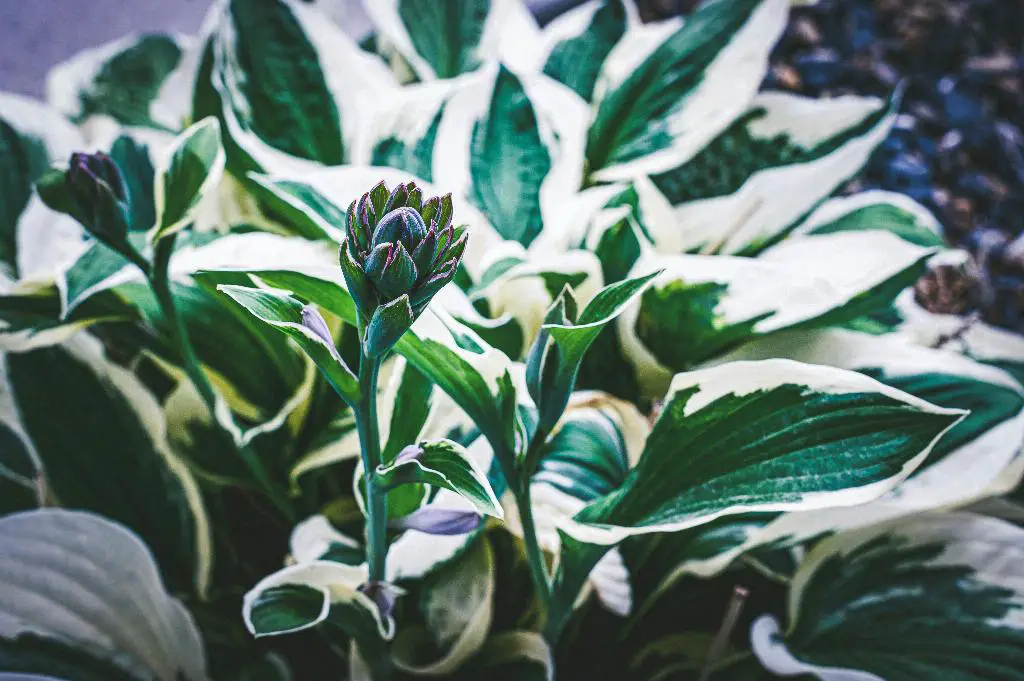Lantanas, specifically trailing lantana (Lantana montevidensis), are exquisite plants known for their stunning lavender, purple, or white flowers that effortlessly attract butterflies. These low-growing plants have a spreading nature, showcasing their beauty in baskets or when trained into standards. Each flower cluster consists of numerous small, tubular flowers that add a touch of elegance to any garden or landscape.
Factors Affecting Lantana Spread
Several factors play a crucial role in the spread of lantanas. Climate conditions, such as temperature and humidity levels, influence their growth habits significantly. Lantanas thrive in warm and sunny environments, making them a favorable choice for gardens in regions with mild climates. Additionally, soil requirements are key to supporting healthy lantana spread. These plants prefer well-draining soil that is rich in nutrients.
Moreover, maintenance practices also impact the spread of lantanas. Regular pruning helps control their growth and shape, ensuring they do not become invasive. Monitoring the plants for any signs of overgrowth and promptly removing excessive growth can prevent unwanted spreading. Using barriers or borders around lantanas can also help contain their spread within designated areas.
Methods to Control Lantana Spread
To manage lantana spread effectively, implementing specific methods is essential. Regular pruning is a simple yet effective technique to control the growth of these plants. Trimming back the branches and flowers helps maintain the desired shape and size of lantanas. Additionally, monitoring the plants regularly and removing any unwanted growth can prevent them from spreading uncontrollably.
Using barriers or borders around lantanas can act as a physical deterrent, restricting their spread to specific areas. This method not only helps contain the plants but also adds a decorative element to the garden or landscape design.
Benefits of Lantana Spread
While managing lantana spread is crucial, allowing these plants to grow and spread responsibly brings numerous benefits. Lantanas are known for attracting pollinators, such as butterflies and bees, with their vibrant flowers. This makes them a valuable addition to any garden seeking to promote biodiversity and ecosystem health.
From an aesthetic standpoint, lantanas offer a visually appealing landscaping option. Their colorful flowers and spreading nature create a lush and vibrant look in gardens, adding a pop of color to various settings. Furthermore, lantanas are considered low maintenance plants, requiring minimal care while offering maximum beauty and flair.

Conclusion
In conclusion, lantanas are beautiful plants with a natural spreading habit that can enhance any garden or landscape. Understanding the factors that affect lantana spread, implementing effective control methods, and recognizing the benefits of their growth are essential aspects of responsible plant management. By maintaining lantanas properly and appreciating their beauty, gardeners can enjoy the allure of these flowers while ensuring they do not spread uncontrollably.
